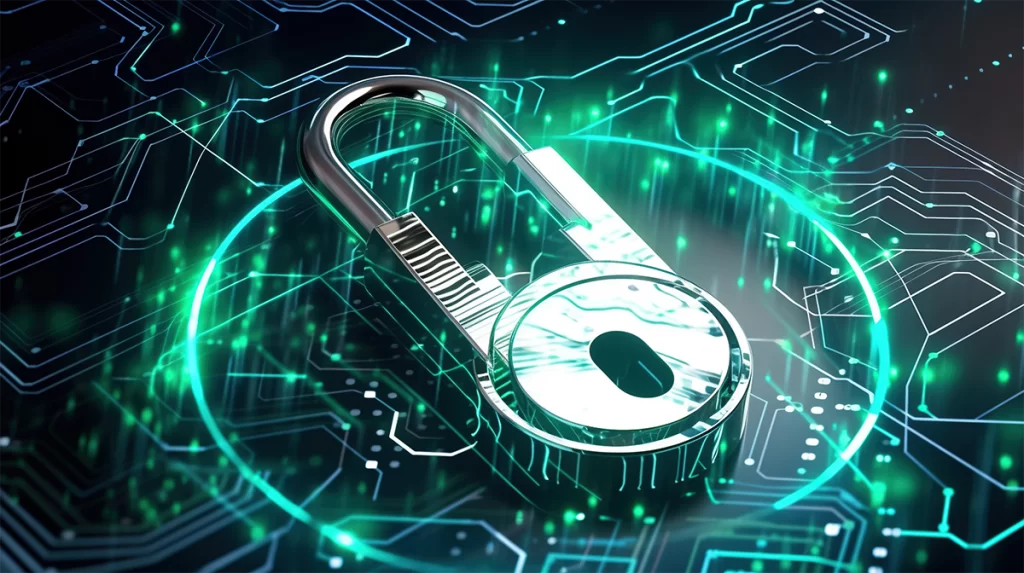The digital age has brought unprecedented opportunities but has also given rise to an array of cybersecurity challenges. In this article, we’ll delve into the ever-evolving landscape of cybersecurity, exploring the current threats that organizations and individuals face and highlighting key strategies and solutions to safeguard against them.
Cyber Threats: A Constant Reality
The threat landscape is constantly evolving, with cybercriminals employing increasingly sophisticated tactics. From malware and ransomware attacks to phishing scams and data breaches, the range of threats is vast and continually expanding. As technology advances, new attack vectors emerge, making it crucial to stay informed about the latest threats.
Protecting Data: Encryption and Beyond
Data is a valuable asset, and securing it is a top priority for organizations. Encryption plays a crucial role in protecting sensitive information, both in transit and at rest. However, cybersecurity measures extend beyond encryption. Implementing robust access controls, regular data backups, and stringent authentication methods are essential to fortify defenses.
Employee Education and Awareness
One of the weakest links in cybersecurity is human error. Phishing attacks, where attackers manipulate individuals into revealing sensitive information, remain prevalent. Educating employees about cybersecurity best practices, recognizing phishing attempts, and fostering a culture of security awareness are fundamental to strengthening the human firewall.

Zero Trust Architecture
The traditional perimeter-based security model is becoming obsolete in today’s interconnected world. Zero Trust Architecture advocates for the principle of “never trust, always verify.” This approach ensures that access is granted based on continuous verification of identity, device health, and context. It’s a proactive strategy to prevent lateral movement within a network.
Multi-Factor Authentication (MFA)
MFA adds an extra layer of security by requiring users to provide multiple forms of verification before accessing an account or system. It significantly reduces the risk of unauthorized access, even if a password is compromised. Implementing MFA across systems and applications is a critical step in mitigating security risks.
Incident Response and Recovery
No security measure is foolproof, which is why having a robust incident response plan is essential. Organizations should be prepared to detect, respond to, and recover from cybersecurity incidents promptly. Regularly testing and refining the incident response plan vulnerability and threat management that the organization can minimize damage and return to normal operations quickly.
Collaboration and Threat Intelligence
The cybersecurity community is built on collaboration. Sharing threat intelligence, participating in industry-specific information sharing groups, and staying updated on emerging threats are essential for staying ahead of cybercriminals. When organizations work together, they create a collective defense that benefits everyone.
Conclusion
Cybersecurity is an ongoing journey, and vigilance is paramount. By understanding the evolving threat landscape, implementing effective security measures, educating employees, and fostering a culture of security, organizations and individuals can navigate the complexities of cybersecurity and mitigate risks effectively.
